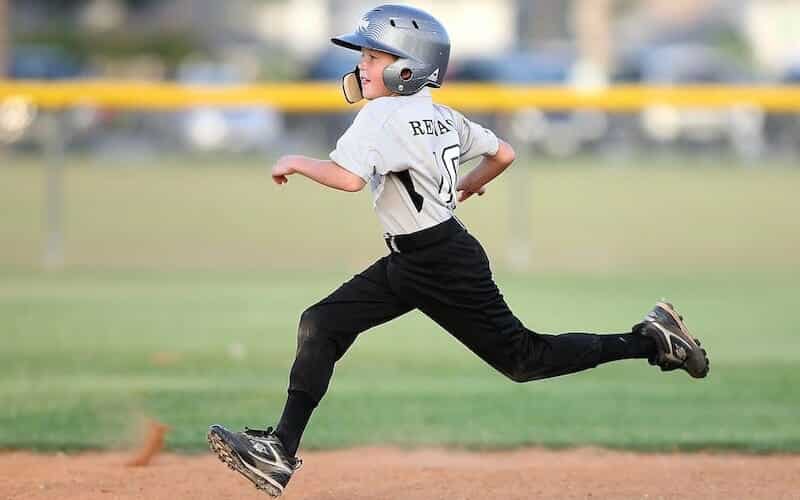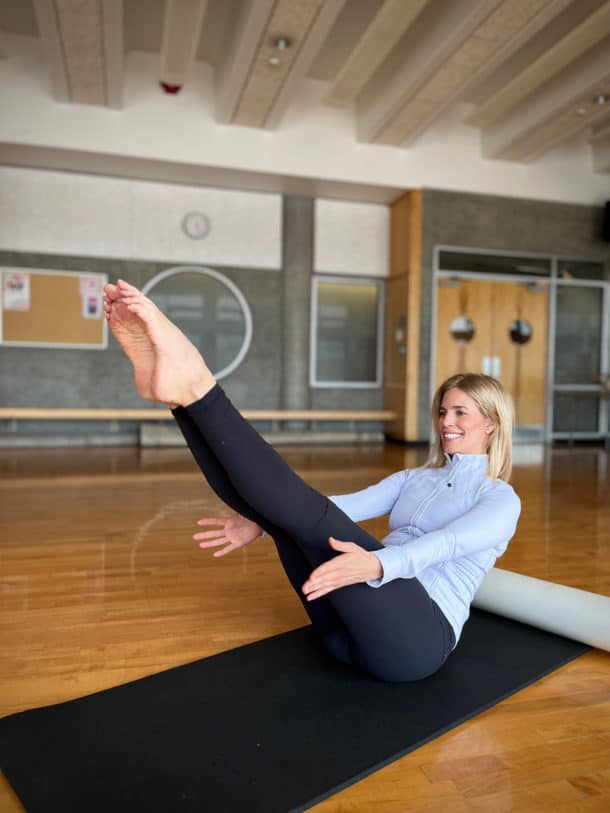The path to extraordinary performance starts in childhood.
Some of the most extraordinary athletes were exposed to their sport as infants. Tiger Woods was given a toy golf club before he turned one and with instruction from his father started hitting golf balls as a toddler. Parents and siblings can influence a child’s choice by simply loving the sport themselves. Passion is contagious.
However, many extraordinary athletes didn’t specialize in their sport and in some cases, didn’t even start playing their sport until they were in their early teens [15-16].
Sampling vs. Specialization
1/ Sampling: Acknowledging that there are a few exceptions [ie. gymnastics], many experts believe that it’s important for most young athletes to sample a variety of different sports. It gives them the opportunity to develop general athleticism which includes:
- Cardiovascular/respiratory endurance
- Stamina [the ability to process, deliver, store and utilize energy]
- Strength
- Flexibility
- Power [exert maximum force in minimum time]
- Speed [minimize cycle time of repeated movements]
- Coordination
- Agility
- Balance
- Accuracy [control movement]
Plus it gives them the opportunity to figure out what they love to do. According to Dora Torres, Olympic Swimmer, athletes should pursue a sport for their love of the sport and not the potential of future endorsements or other extrinsic motivators. For instance: A parent’s motivation will not motivate a child to extraordinary performance.
2/ Specialization: There are factors to consider when deciding to specialize in a sport.
i/ Physiology:
As David Epstein, author of The Sport Gene, puts it — the tall are getting taller, the short are getting shorter and the weird are getting weirder. Tall and short are common sensical. What does weird mean?
Michael Phelps is actually one of the weird cases in that he has relatively short legs for a man of his height. It’s the disproportionate aspects of his body that are considered “weird” but that make his body type ideal for competitive swimming. Weird is good.
ii/ Genomics:
Genomic makeup can provide insight into muscle twitch, ability to recover from concussions, desire for movement and more. While the science isn’t strong enough yet to determine which sports should be ruled out altogether, it provides insight into the athlete’s strengths and weaknesses.
iii/ Complexity of the Sport:
Some sports that require a higher level of athleticism than others. Having both “natural talent” and good nurturing helps athletes reach exceptional levels of performance in those sports. Natural talent refers to the ideal physiology and genomics for the sport.
Training
Training is evolving to make athletes even more competitive. Genomics, learning styles [visual, logical, verbal, aural, physical], deliberate practice [referred to as deliberate play in sports] and age are factored into training programs.
Age is not the limitation it once was. Professional athletes can remain competitive in their thirties and early forties with the latest advances in training. Older athletes train less frequently and with less intensity to reduce the risk of injury. People who continue training notice their performance decrease much less with age. In fact, many marathon runners in their 60’s are outperforming runners decades younger [25-44].
Commitment
Pursuing extraordinary performance requires an extraordinary commitment of time and financial resources that often affects the entire family. In 2014 Time magazine estimated the cost of becoming a competitive tennis player at $30,000/year. Lessons, court fees, tournament fees and travel costs add up quickly. Be sure it’s a commitment everyone is ready and prepared to make regardless of the outcome.
Contact Us
Please email us to request more information about our services and collaborations.
Stay Connected
Subscribe free to receive our latest tips, workouts, exclusive offers and community notifications every Monday.



